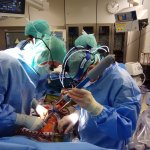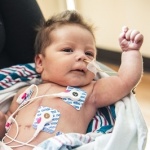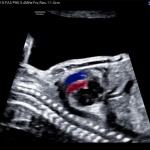
News • Light-activated device
World's tiniest pacemaker can be injected into body, dissolves after use
Smaller than a grain of rice: US engineers have developed a pacemaker so tiny that it can fit inside the tip of a syringe — and be non-invasively injected into the body.
















































